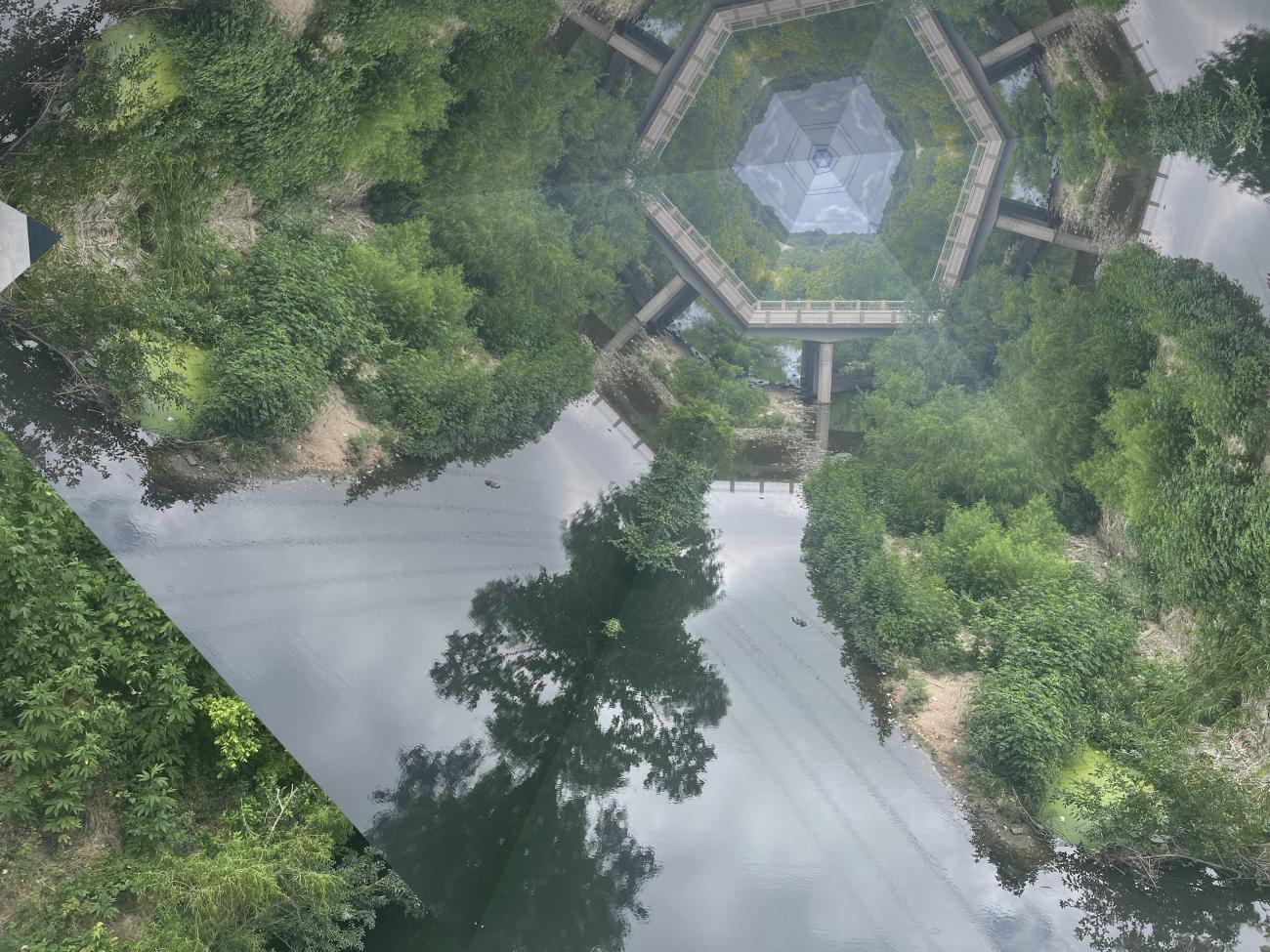
Vertical gardens are more than just an aesthetic triumph; they represent a prime example of sustainable urban living. By mimicking nature's water absorption systems, these green walls not only beautify our spaces but also create a fascinating, ever-expanding system of absorption points. This process is much like the endless, captivating journey of a marble in classic games such as Marble Madness and Labyrinth.
The vertical garden’s design is akin to the labyrinthine pathways of these beloved games. Just as the marble in Marble Madness follows a path that turns and twists, so does rainwater in a vertical garden. The vertical orientation and the increasing zigzag pattern of the garden act like a maze for the water, maximizing the garden's exposure to rainfall.
Much like the pivotal tilt mechanism in Labyrinth, the key to successful rainwater harvesting in vertical gardens is in the design. The garden’s structure, assembled with upcycled cans and a wicking system, resembles a curvy cylinder. This design increases the surface area for rainwater to contact and trickle down, ensuring that each plant receives its fair share of water.
Furthermore, each can acts as a reservoir, storing rainwater that the plants can draw upon as needed. This wicking system, lined with a fabric sleeve, guides water into the root system and prevents excess evaporation, effectively conserving water.
As the plants grow, they extend their root systems and intertwine with the complex network of mycelium, the vegetative part of a fungus. These intricate mycelium networks further aid in the absorption and distribution of water, acting as a natural sponge. They enhance the soil's water-holding capacity, thus reducing runoff and promoting better water use efficiency.
With each passing season, as the plants mature and the mycelium networks expand, the absorption points increase. This ongoing growth creates an expanding labyrinth for rainwater to navigate, much like the levels in Marble Madness becoming increasingly challenging as we progress.
In reminiscing about the path a marble takes in Marble Madness or Labyrinth, we're reminded of the journey rainwater embarks on in vertical gardens. The challenges encountered in these games echo the complex pathways rainwater navigates in our gardens. Just as the marble's journey is guided by the tilt of the board, the course of rainwater is directed by the thoughtful design of our vertical gardens.
Vertical gardens are not only an impressive display of urban greening, but they are also an innovative and sustainable way of harnessing rainwater. Much like the captivating mechanics of Marble Madness and Labyrinth, the vertical garden is a testament to the beauty of well-designed, intricate systems. And as these gardens grow, so too does their potential, creating ever-expanding, sustainable networks of absorption points, much like the increasing complexity and enjoyment derived from our favorite marble games.